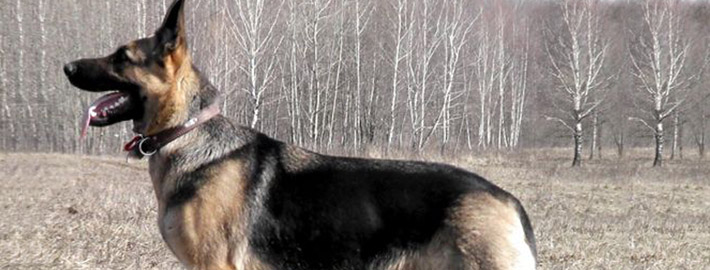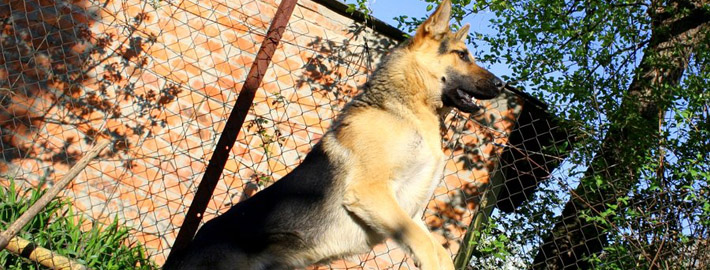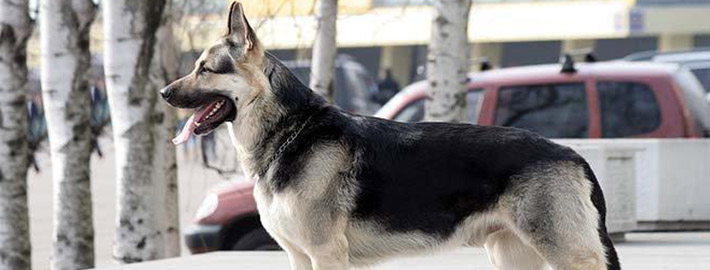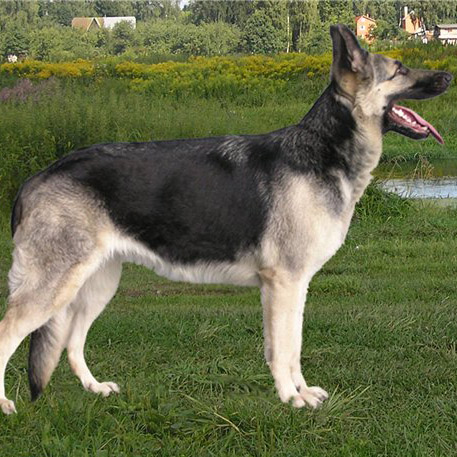What makes the East-European Shepherd Unique?
The East-European Shepherd is very loyal to its own people. It is balanced, confident and can be wary of strangers. An excellent guard dog, the East-European Shepherd will protect its owners at all costs. This breed is a working dog and will be happiest with some type of job to do.
Breed Groups
Page Contents
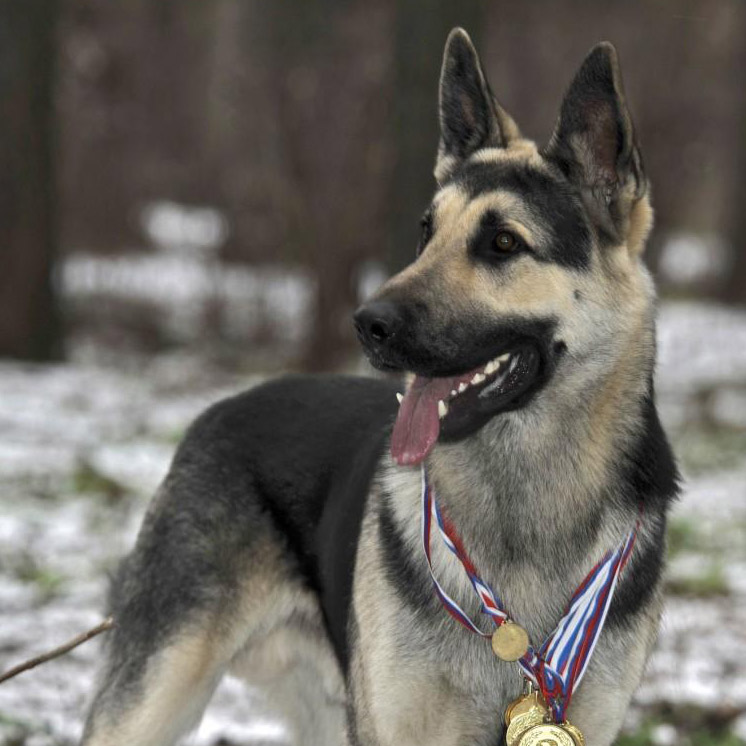
SnapShot
| Size: | Males – 66 to 76 cm (26 to 30 inches) Females – 24 to 28 cm (61 to 72 inches) |
| Weight: | Males – 30 to 60 kg (70 to 130 pounds) Females – 30 to 60 kg (70 to 130 pounds) |
| Origin: | Russia |
| Life Span: | 10 – 12 Years |
| Colour: | Blanket-back black and tan, solid black, and solid liver |
| Litter Size: | 4 to 10 puppies |
Is the East-European Shepherd Right For You?
In 5 Words
- Confident
- Sensitive
- Loyal
- Playful
- Intelligent
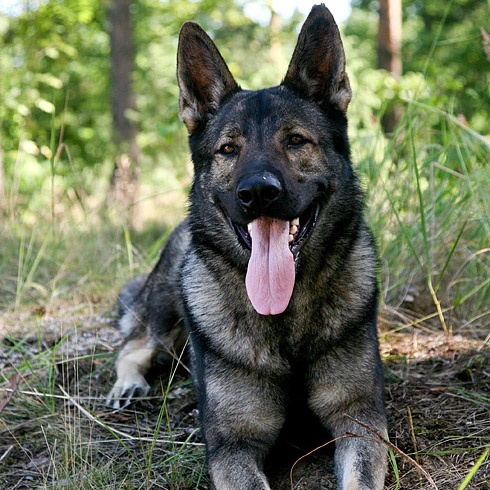
Characteristics
Learn About the East-European Shepherd
Description
General Description
The East-European Shepherd is larger than an average dog: males are 26–28 inches at the withers, while females are 23–26 inches. Along with a short coat of dense fur, they have strong (but not coarse) bones and well-developed muscles. Their coat is medium in length with a well-developed undercoat. The acceptable colors for these dogs include saddled, (that can be saturated to give an almost black-and-tan or black-and-red appearance), blanket-back black and tan, solid black, and solid liver. Some rare colors include: blue, (saddle, blanket-back, and solid), silver, and solid white. Agouti—gray and red is permitted for breeding but not desired.
Short History of the East-European Shepherd
The breed was created in 1930-50s as a working dog adapted for service in the Army and police as guard dogs and sniffer dogs in various climatic conditions. The first standard which has formed the breed type of East European Shepherd was approved in 1964 by the Cynological Council of the Ministry of Agriculture of the USSR.
Temperament
The East-European Shepherd is very loyal to its own people. It is balanced, confident and can be wary of strangers. An excellent guard dog, the East-European Shepherd will protect its owners at all costs. This breed is a working dog and will be happiest with some type of job to do. The objective in training this dog is to achieve pack leader status. It is a natural instinct for a dog to have an order in its pack. When we humans live with dogs, we become their pack. The entire pack cooperates under a single leader. Lines are clearly defined and rules are set. Because a dog communicates his displeasure with growling and eventually biting, all other humans MUST be higher up in the order than the dog. The humans must be the ones making the decisions, not the dogs. That is the only way your relationship with your dog can be a complete success.
Caring for Your East-European Shepherd
Grooming & Bathing
East-European Shepherds do shed, and they usually shed incredibly heavily. If a list of dog breeds was made based on how much they shed, the East-European Shepherd would almost certainly rank close to the top.
The East-European Shepherd is a low maintenance breed. These dogs should never require professional grooming, only an occasional brushing. Bathing should be conducted as infrequently as possibly in order to preserve the dog’s natural skin oils. It is highly advisable for owners of these dogs to introduce their pets to regular maintenance procedures.
Exercise & Training
East-European Shepherds are working dogs and need to be exercised properly. They were bred to stand many extreme climates, and they can live well outside.

